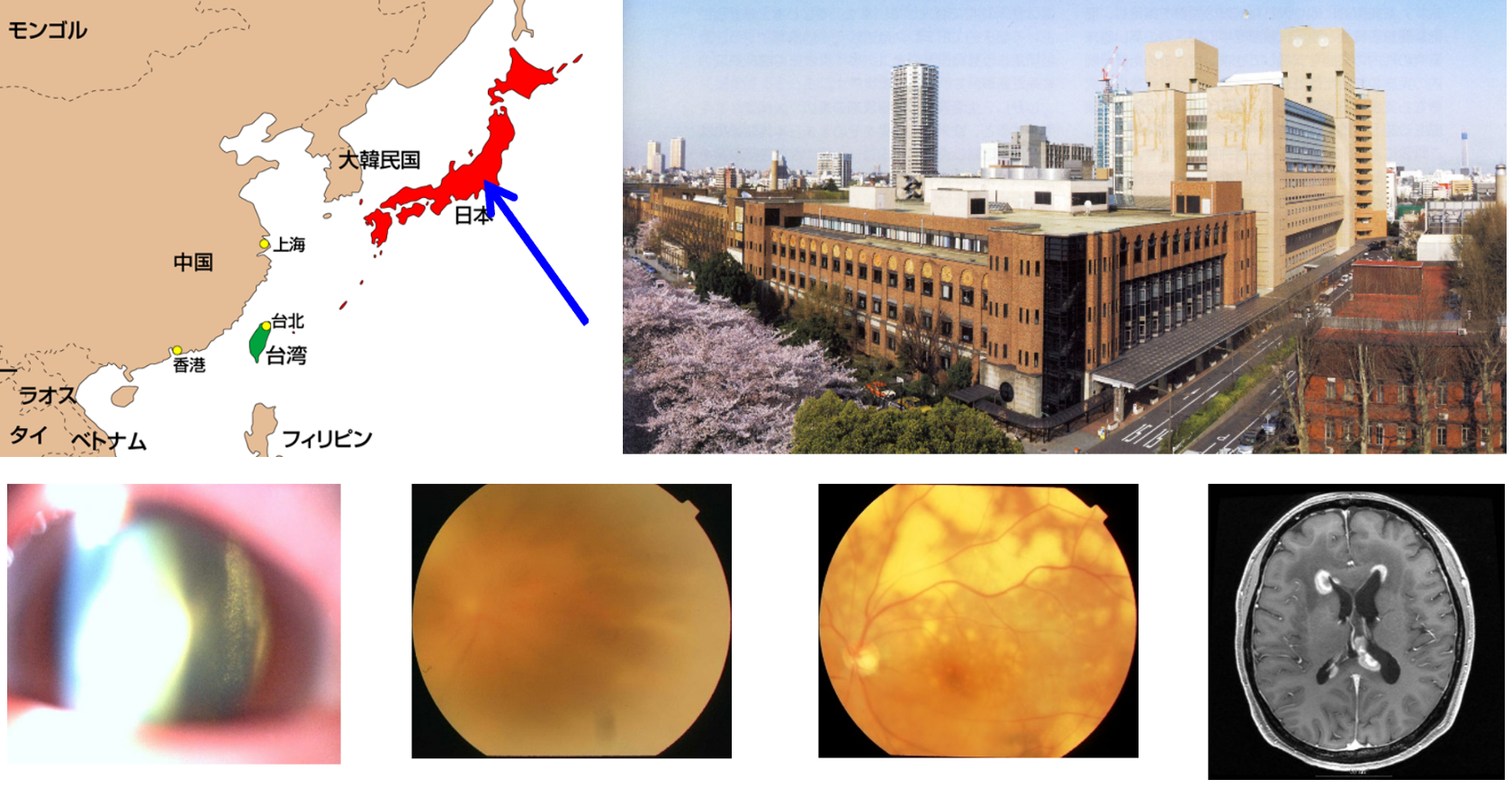Defining Vitreoretinal Lymphoma
- Contents:
-
- 1.Defining Vitreoretinal Lymphoma
- 2. Epidemiology
- 3. Genetic characteristics of PVRL
- 4. Diagnosis of VRL
- 5. Vitreous Biopsy for VRL
- 6. Local treatment
- 7. Relapsed/refractory VRL
- 8. Therapeutic issues
Defining Vitreoretinal Lymphoma
Vitreoretinal Lymphoma, also known as VRL, is a rare subtype of malignant Central Nervous System Lymphoma (CNSL) in the eye, similar to uveitis in appearance. Most VRL (approximately 95%) are B-cell lymphomas, and most (approximately 95%) classify as Diffuse Large B-cell lymphoma (DLBCL) histologically. T-cell Lymphomas are extremely rare.
VRL is categorized as either Primary Vitreoretinal Lymphoma (PVRL) or Secondary Vitreoretinal Lymphoma (SVRL). PVRL refers to VRL that initially occurs in the eye and those accompanied by infiltration into the brain. On the other hand, SVRL points to those that originate in system regions other than the eye and brain, such as the testis and breast region, which later advance to the ocular region.
